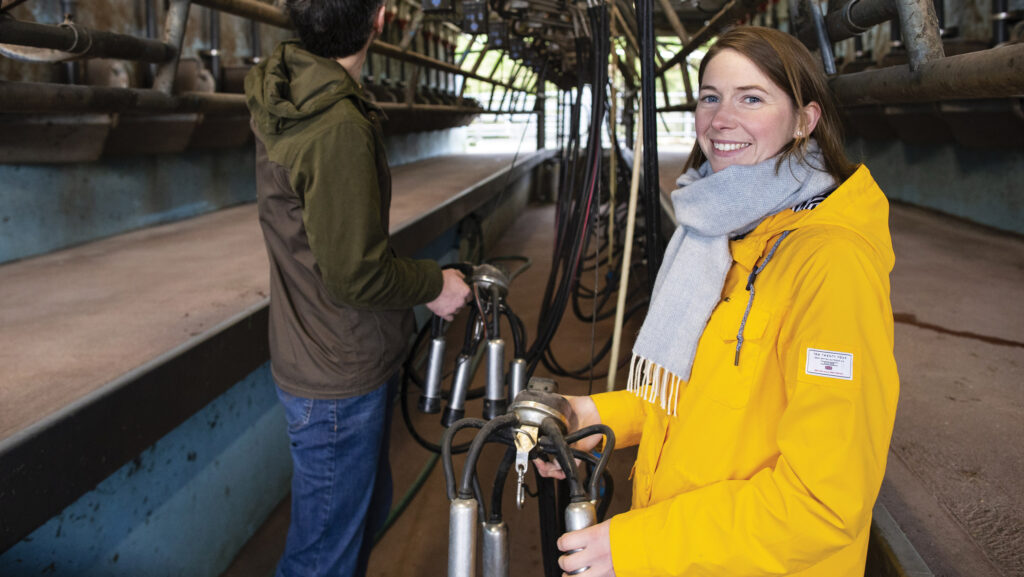Farmer Focus: Team of grasses needed to get through the year
 Gillian O'Sullivan © Cathal Noonan
Gillian O'Sullivan © Cathal Noonan We heaved a sigh of relief recently when soft, warm rain fell over 18 hours. You could almost see the grass grow.
The template of grass growth we are used to dealing with generally follows the rule that once you have the right balance of moisture, warmth and some nitrogen available to the plant, growth will follow.
This year, however, that balance has been hard to find, and other factors have compounded the problem.
March brought persistent rain, April was cold and harsh with torrential downpours, and May brought night-time temperatures of 2C, with yields 20% lower.
See also: How a beef farm is managing grassland to face extreme weather
June saw us wearing woolly hats, and growth rates hovered around 40-50kg dry matter (DM)/ha.
Squinting at regrowths, it felt like a never-ending spring. Pasture production lagged 0.6t DM/ha behind, up to early June.
Obviously, grass growth depends on more than just moisture, warmth and nitrogen availability.
Compaction, pasture species and soil microbiology also have roles to play.
Given the above average rainfall levels of the past 12 months, any farm grazing last autumn and this spring has encountered wet fields. Cow traffic and wet soils can result in compaction.
Although we may think cows can’t compact soils like heavy tractors can, the weight of a 550kg cow is concentrated over a small hoof print, and the impact is exacerbated when soils are wet.
Compaction reduces pore spaces within the soil structure, reducing the amount of water the soil can hold (and water available for plants to take up), impeding root growth, aeration and nutrient uptake.
We learned that some fields cope better than others in terms of growth response to difficult conditions.
Pastures with a good mix of multispecies swards containing red clover appeared to thrive.
The deeper rooting red clover had a reserve and resilience that was a welcome sight when ryegrass came under pressure.
Our summer grazing forage mix of turnip, phacelia, radish, rape, vetch, clover and linseed also thrived.
This crop pushes cheap, grazeable cover into July, when there is a risk of dry conditions.
As “normal weather” becomes more elusive, resilience comes in the form of a team of grazeable pasture species.
It’s just like the Euros – when one member of the team isn’t performing, others can step up.

